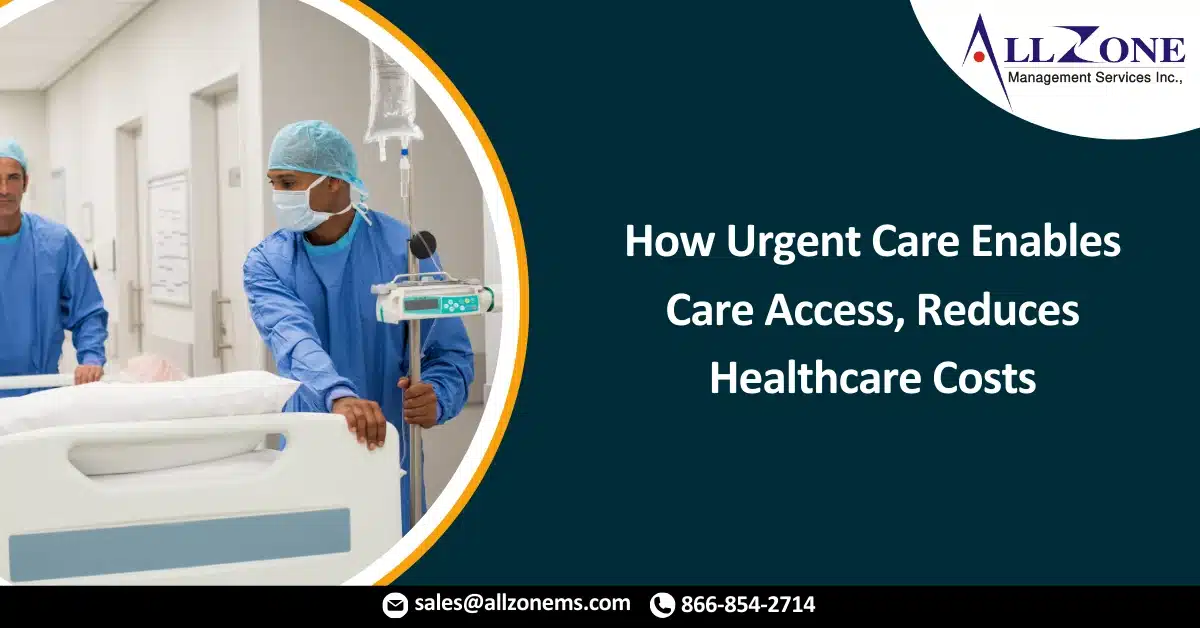Urgent care centers have assisted in the country’s COVID-19 response, but their value extends well beyond the pandemic.
The past decade has witnessed a surge in the number of urgent care centers, with more than 9,000 of these facilities located across the United States.
With the country dealing with the effects of the coronavirus pandemic, urgent care centers have helped the healthcare industry cope with increased demand for patient services and a decreased supply of medical professionals.
“The opportunities for growth are endless within the field—whether that means taking on more of a primary care role while the supply is far below the demand or incorporating more specialty assists,” Jackie McDevitt, PA-C, lead advanced practitioner at Northwell Health-GoHealth Urgent Care, explained on Healthcare Strategies.
The scope of urgent care medicine will rapidly evolve in the next two years. It already has and will continue to do so,” she added.
The growth in urgent care centers has enabled the healthcare industry to fill critical gaps and ensure patients have access to the most appropriate care, something the pandemic has further heightened as a need for an industry facing workforce challenges, limited capacity.
“Patients are required to wait long periods of time to get in with these healthcare providers—sometimes weeks to even months just to get in with their primary care doctor. This can result in patients accessing inappropriate and more costly care or just forgoing care altogether,” McDevitt said.
“Urgent care has helped fill this void by providing on-demand care with same-day or next-day appointments when they need it,” she continued. “Providing patients with this care when and where they want it saves, not only the patients, but also the healthcare system money.”
According to estimates, the healthcare industry could realize more than $18 billion in savings by steering non-urgent cases from emergency departments to preventive care.
What’s more, urgent care centers not only provide episodic care but also direct patients on their healthcare journey, supporting positive outcomes and providing next steps for navigating the healthcare system.
“We serve as the front door to larger healthcare systems and this model allows us to facilitate a seamless transition or referral system to primary care doctors, specialists, and emergency departments, if a higher level of care is necessary,” McDevitt emphasized. “It is really beneficial to our patients that this is all arranged for them. And from a provider perspective, it helps me sleep at night knowing that my patients are, with certainty, going to be able to get the follow-up care that they need.”
With the pandemic showing few signs of soon abating, urgent care centers will be integral to enabling access to necessary care services and reducing the harm caused by highly infective strains of the coronavirus.
“The pandemic solidified the critical role that urgent care plays within the healthcare ecosystem,” McDevitt maintained. “Urgent care centers have provided millions of COVID-19 tests to our communities, enabling people to curb the spread of the virus and continue working in their essential roles. Not only that, but many urgent cares also took on the responsibility of administering COVID-19 vaccines right during the height of it all. This is not something that is typical to our scope as urgent care providers, but we were more than happy to do it, to be able to give back to our communities.
Urgent care centers are here to stay. The key to their future success is helping address obstacles across the continuum of care and make care more consumer-friendly, effective, and affordable.
For More Information: How urgent care enables care access reduces healthcare costs

